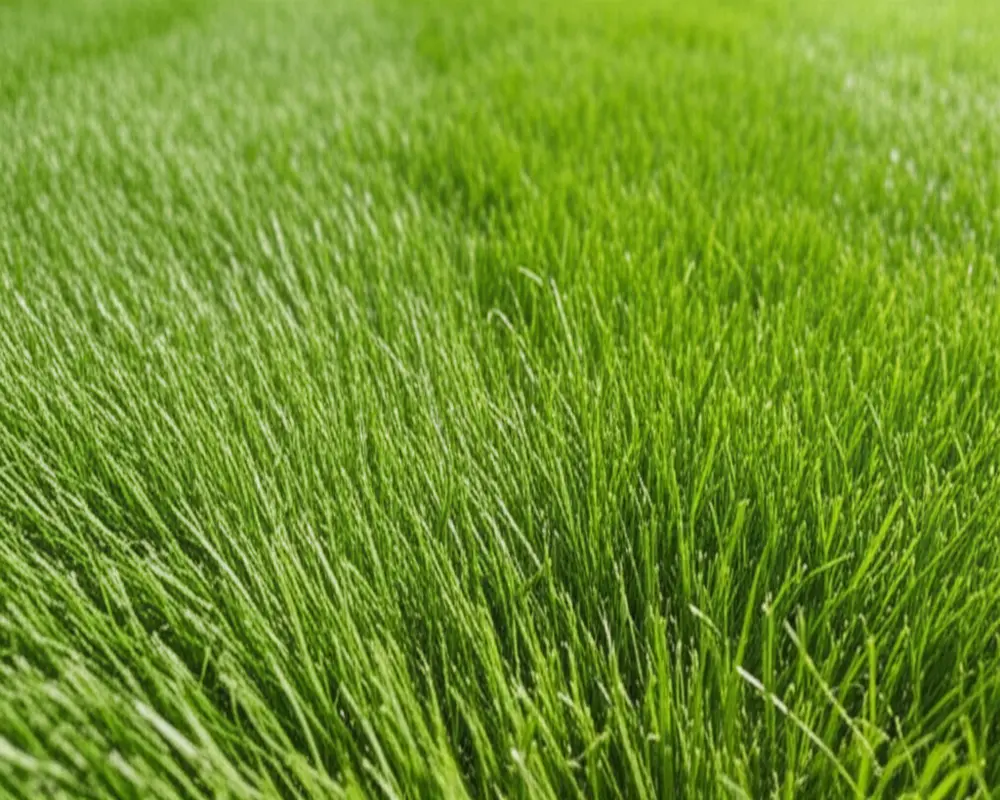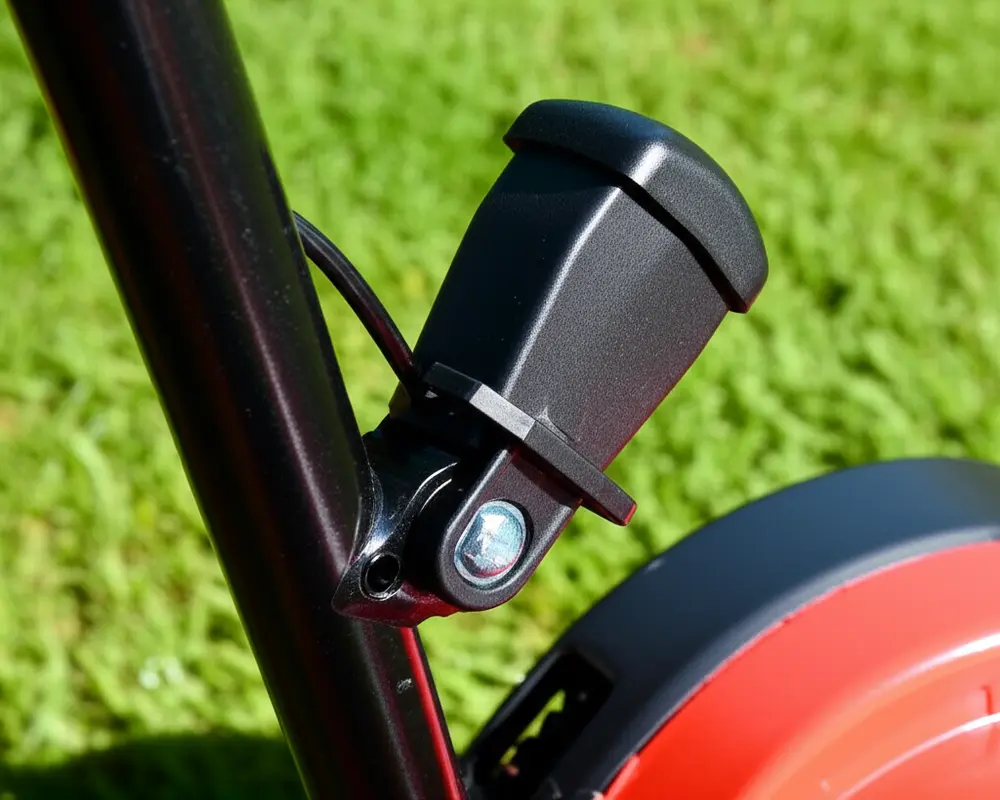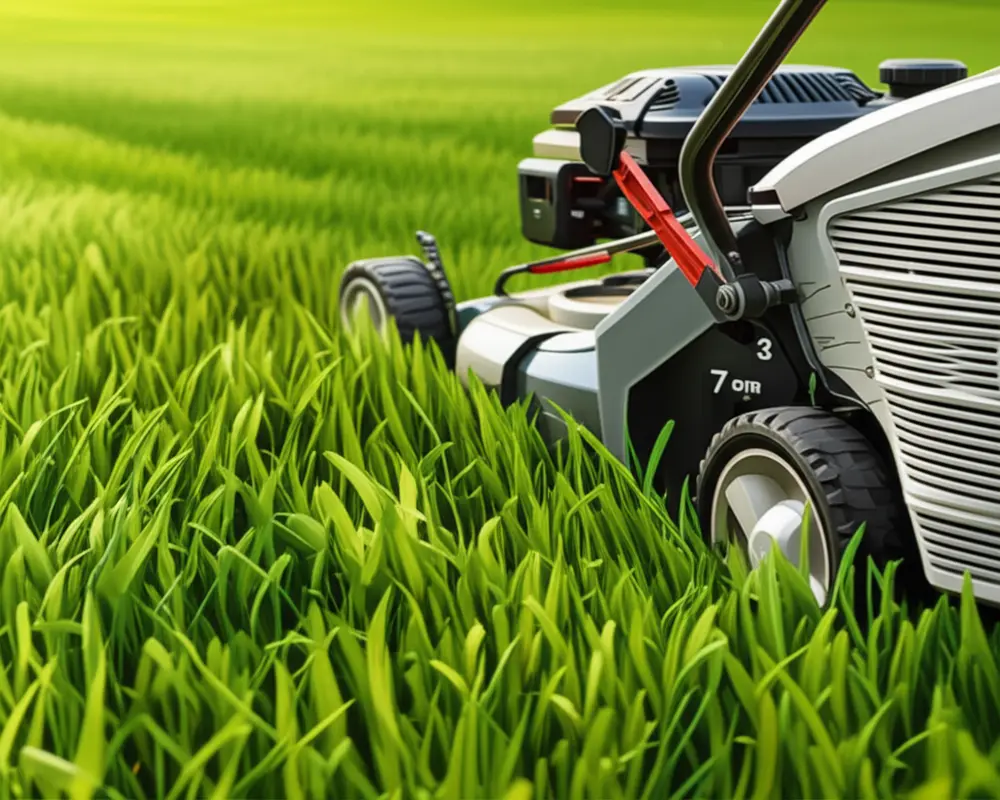Lawn Mower Cutting Height: Ultimate Guide to Perfect Turf in 2025
Maintaining a lush, healthy lawn goes beyond just watering and fertilizing. One of the most critical yet often overlooked factors is the lawn mower cutting height. Setting the mower correctly influences not just the appearance but the overall vitality of your turf. This guide delves into the essentials of mowing height, tailored advice by grass type, seasonal adjustments, and expert recommendations to help you achieve a perfect lawn in 2025.
Thank you for reading this post, don't forget to subscribe!I. Introduction: The Foundation of a Healthy Lawn Starts with Cutting Height
Many homeowners and gardeners underestimate the significance of cutting height, focusing instead on frequency or type of mower. However, the height at which grass is cut impacts root depth, disease resistance, and weed control. Proper cutting height promotes deeper root systems, enabling grass to withstand stress such as drought or foot traffic.
What is Cutting Height? In lawn care, cutting height refers to the length of the grass blades after mowing. It is typically measured in inches or centimeters from the soil surface to the top of the cut grass. Adjusting this height affects the grass’s ability to photosynthesize, conserve moisture, and compete against weeds.
Why Proper Cutting Height Matters:
- Deeper Root Development & Drought Resistance: Taller grass blades foster longer roots, enhancing water absorption and drought tolerance.
- Natural Weed Suppression & Pest Control: A well-maintained cutting height prevents weeds from establishing and discourages pests.
- Improved Turf Density & Color: Optimal height encourages dense growth and vibrant green hues.
- Reduced Stress on Grass Plants: Cutting too short shocks the grass, making it vulnerable.
- Prevention of Scalping and Damage: Scalping occurs when too much grass is cut off, exposing soil and weakening turf.
II. Understanding Your Grass: Mowing Height by Grass Type
Choosing the right mowing height starts with identifying your lawn’s grass type. Broadly, grasses are classified as cool-season and warm-season, each thriving under different cutting heights.
Cool-season grasses flourish in northern climates, growing actively in spring and fall. Warm-season grasses prefer southern regions and peak in summer growth.
| Grass Type | Optimal Height Range (inches) | Optimal Height Range (cm) | Ideal Cutting Height (inches) | Ideal Cutting Height (cm) |
|---|---|---|---|---|
| Kentucky Bluegrass (Cool-Season) | 2.5 – 3.5 | 6.4 – 8.9 | 3 | 7.6 |
| Perennial Ryegrass (Cool-Season) | 2 – 3 | 5.1 – 7.6 | 2.5 | 6.4 |
| Tall Fescue (Cool-Season) | 2.5 – 4 | 6.4 – 10.2 | 3.5 | 8.9 |
| Fine Fescue (Cool-Season) | 1.5 – 2.5 | 3.8 – 6.4 | 2 | 5.1 |
| Bermudagrass (Warm-Season) | 0.5 – 2.5 | 1.3 – 6.4 | 1.5 | 3.8 |
| Zoysiagrass (Warm-Season) | 1 – 2.5 | 2.5 – 6.4 | 2 | 5.1 |
| St. Augustinegrass (Warm-Season) | 2.5 – 4 | 6.4 – 10.2 | 3.5 | 8.9 |
| Centipedegrass (Warm-Season) | 1.5 – 2.5 | 3.8 – 6.4 | 2 | 5.1 |
| Bahiagrass (Warm-Season) | 2 – 3 | 5.1 – 7.6 | 2.5 | 6.4 |

Adjusting your mower to these recommended heights ensures your lawn is cut neither too short nor too tall, preserving its health.
III. The Golden Rule of Mowing: The One-Third Rule
The one-third rule is a fundamental mowing principle that prevents excessive stress to grass. It dictates that you should never cut more than one-third of the grass blade length at a single mowing session.
For example, if your grass is 3 inches tall, the mower should be set to cut no lower than 2 inches. Cutting beyond this threshold weakens the grass, exposing it to diseases and pests, and inhibits its ability to recover.
This rule supports steady growth, allowing the grass to maintain sufficient leaf surface for photosynthesis while minimizing shock.
IV. How to Adjust Your Lawn Mower’s Cutting Height
Before adjusting your lawn mower, ensure it is turned off and disconnected from any power source for safety.
Different mower types require specific adjustment methods:
- Push (Rotary) Mowers: Most feature a height adjustment lever near the wheels. Moving the lever changes the wheel height, which in turn adjusts the cutting height. Some models have individual wheel adjustments. Consult your mower’s manual for lever positions.
- Riding Mowers & Zero-Turns: These typically have a deck height lever or dial. Set the desired height according to the mower’s scale. Wheels or deck pins may also be involved in adjustment.
- Reel Mowers: Adjust the roller height by repositioning the roller brackets or adjusting screws to set cutting height.
- Robotic Mowers: Cutting height is often set via a mobile app or manual dial on the mower. Follow manufacturer instructions for precise control.
To measure the true cutting height, use a ruler or specialized gauge to check the distance from the soil surface to the mower blade edge when set. This ensures accuracy beyond the mower’s marked settings.

V. Seasonal & Situational Cutting Height Adjustments
Adapting your mower’s cutting height throughout the year and according to specific lawn conditions is vital for turf health.
Spring: Gradually lower your cutting height as the grass breaks dormancy to encourage green-up without stressing it.
Summer & Drought: Raise the cutting height to 3-4 inches (7.6-10 cm) to provide shade for roots and reduce moisture loss. Taller grass blades help keep soil cooler.
Fall: Slowly lower the height to prepare the lawn for winter dormancy, but avoid scalping.
Shaded Areas: Grass grows slower and thinner under shade. Set the mower higher to 3.5-4 inches (8.9-10 cm) to maximize photosynthesis.
New Sod or Seed: Start with taller cuts to protect fragile roots, then gradually lower as the lawn establishes.
Overgrown Lawns: Use stepwise mowing—raise the cutting height and reduce gradually over several mowings to avoid shock.

VI. Consequences of Incorrect Cutting Heights
Setting your mower too low or too high can have adverse effects:
Too Low: Scalping damages grass crowns, leading to shallow roots, increased weed invasion, and susceptibility to diseases. It also causes soil exposure, increasing evaporation and compaction.
Too High: Excessively tall grass can become matted, trapping moisture and encouraging fungal growth. It can also block sunlight and air, resulting in poor turf quality.
VII. Advanced Tips for Optimal Mowing
Enhance your mowing practices with these expert tips:
Keep Blades Sharp: Sharp blades cut cleanly, reducing stress and disease risk. Dull blades tear grass, causing ragged edges and browning.
Vary Mowing Patterns: Changing your mowing direction prevents soil compaction and encourages upright grass growth.
Mow When Grass is Dry: Wet grass clumps and clogs the mower, leaving uneven cuts and promoting fungal issues.
Leave Clippings: Grass clippings act as natural mulch, returning nutrients to the soil and retaining moisture.
Maintain Consistent Schedule: Regular mowing keeps grass at optimal length, promoting uniform health and appearance.
VIII. Common Mistakes to Avoid
- Ignoring the specific grass type and its unique height requirements.
- Violating the one-third rule by cutting too much at once.
- Using dull or damaged mower blades.
- Mowing when the grass is wet or during extreme heat.
- Failing to adjust mower settings according to seasonal changes.
IX. Conclusion: The Profound Impact of Your Mower’s Height Setting
Your lawn mower cutting height profoundly influences your lawn’s health, resilience, and aesthetic appeal. By understanding grass types, following the one-third mowing rule, adjusting mower settings appropriately, and tailoring your approach to seasonal needs, you safeguard your turf against stress, diseases, and weeds.
We encourage regular practice of proper mowing techniques, keen observation of your lawn’s response, and timely adjustments to cutting height. These simple but vital steps will ensure a vibrant, thriving lawn throughout 2025 and beyond.
For further insights on garden tools and maintenance, explore our article on garden spade rust prevention, which offers expert tips to keep your tools in top condition.
Frequently Asked Questions (FAQs)
- How often should I adjust my lawn mower cutting height?
- Adjust the cutting height seasonally and whenever your grass type or lawn condition changes. Regular checks before mowing sessions ensure optimal settings.
- Can I cut my grass very short if I mow frequently?
- Even with frequent mowing, adhere to the one-third rule to avoid stressing the grass. Cutting too short weakens the lawn regardless of frequency.
- What is the best cutting height for drought conditions?
- Raise your cutting height to about 3.5 to 4 inches (8.9 to 10 cm) to protect roots and conserve moisture during drought.
- Are robotic mowers as effective in cutting height adjustment?
- Yes, modern robotic mowers offer precise cutting height adjustments via apps or manual dials, allowing easy customization for different conditions.
For more detailed turfgrass science, visit the Purdue University Turfgrass Science site or the University of Minnesota Extension on Lawn Mowing Best Practices.
By mastering your mower’s cutting height, you’re investing in a lawn that looks great and stands strong. Start today and enjoy the benefits all year round.

